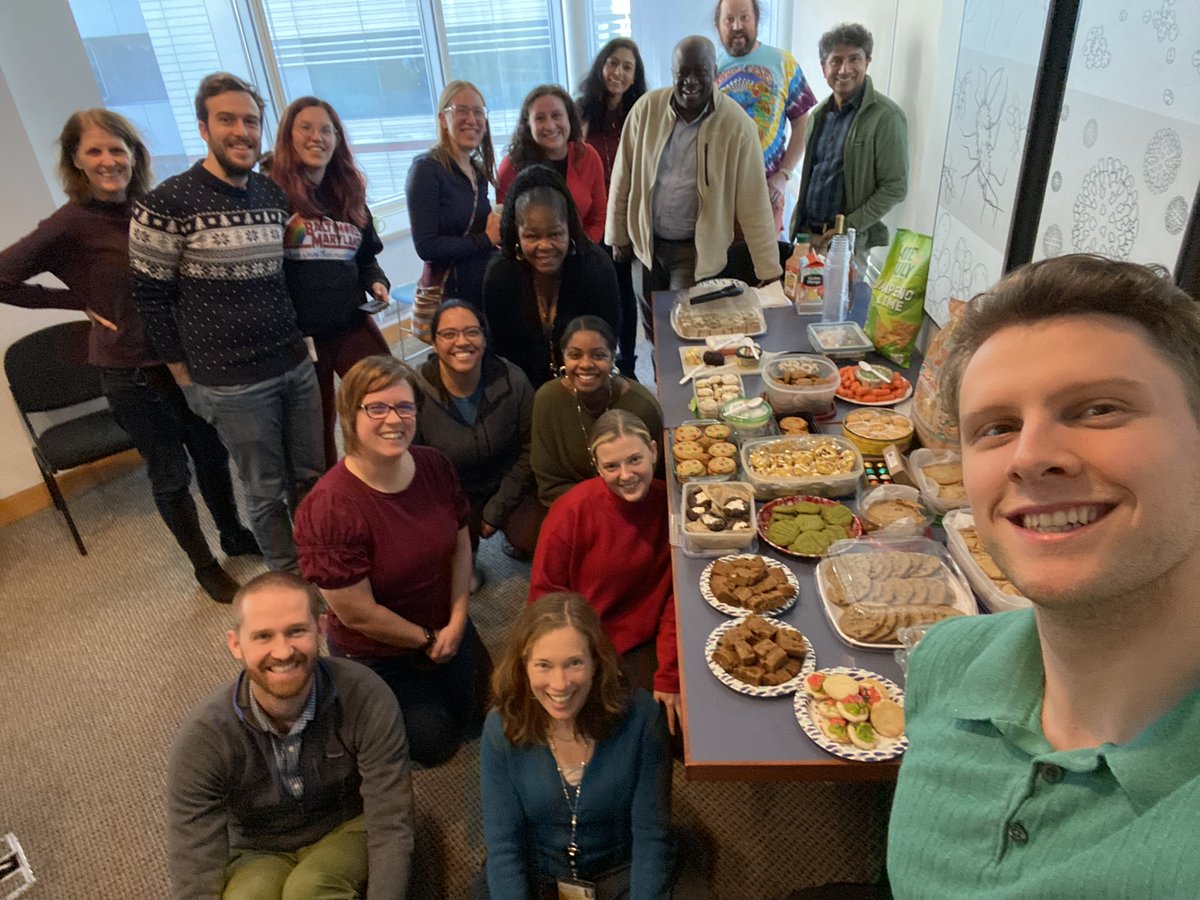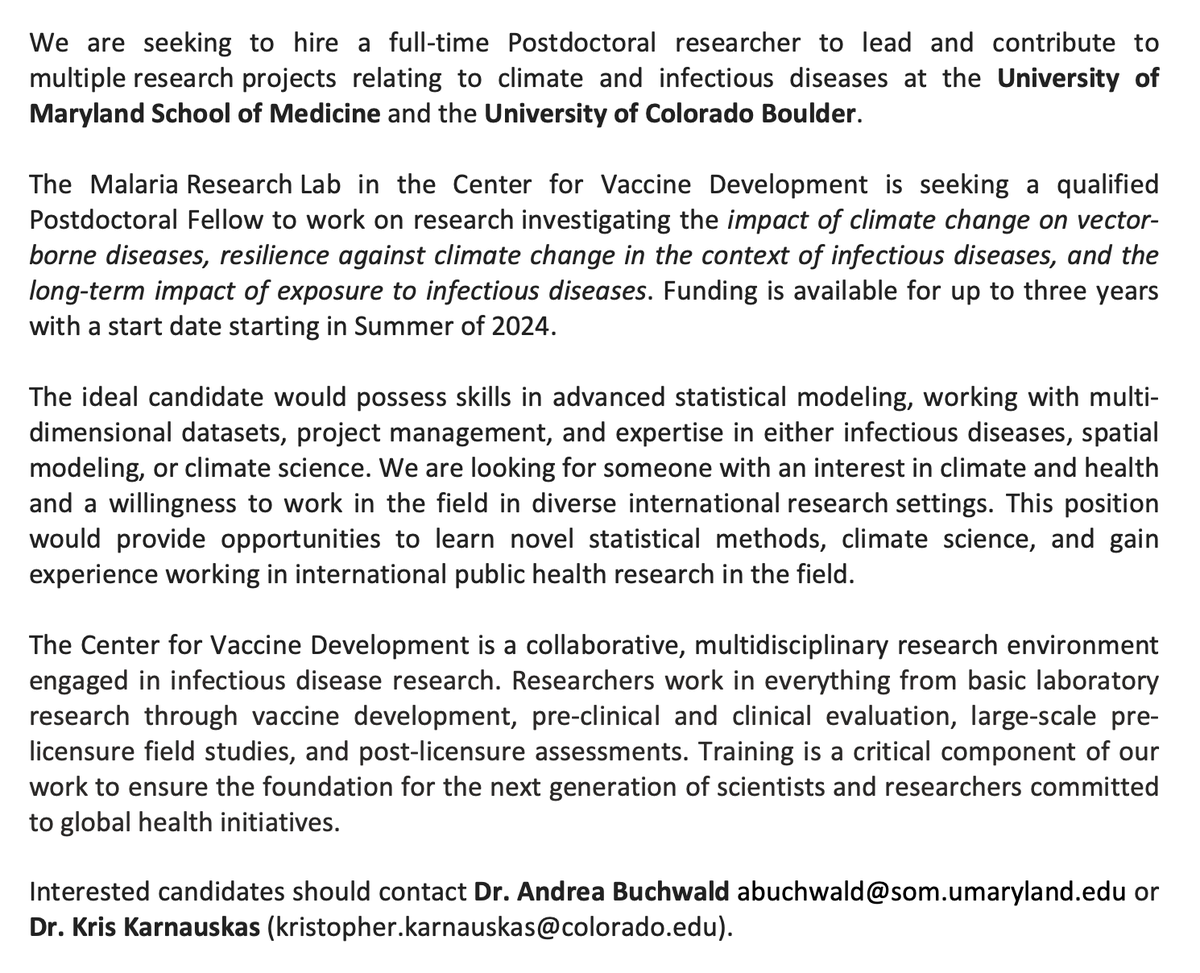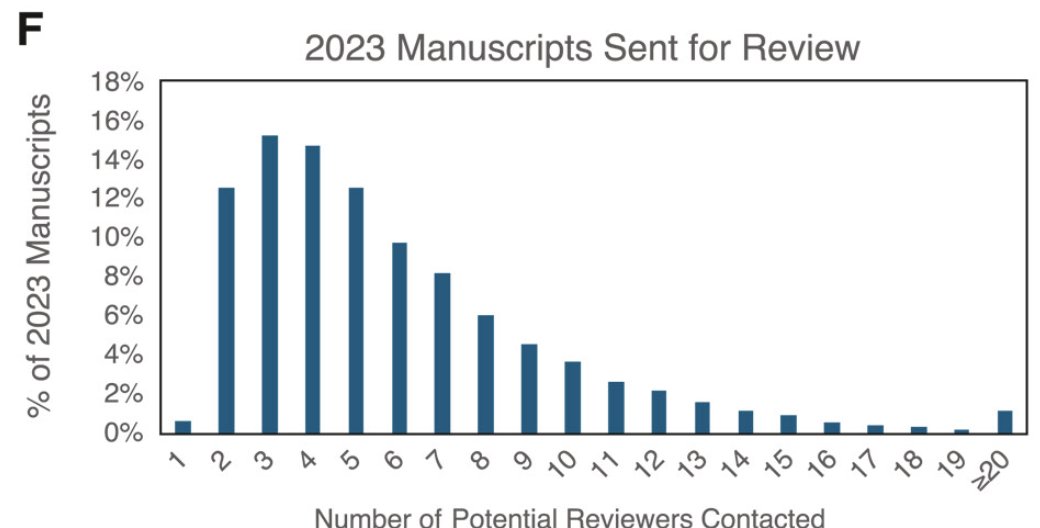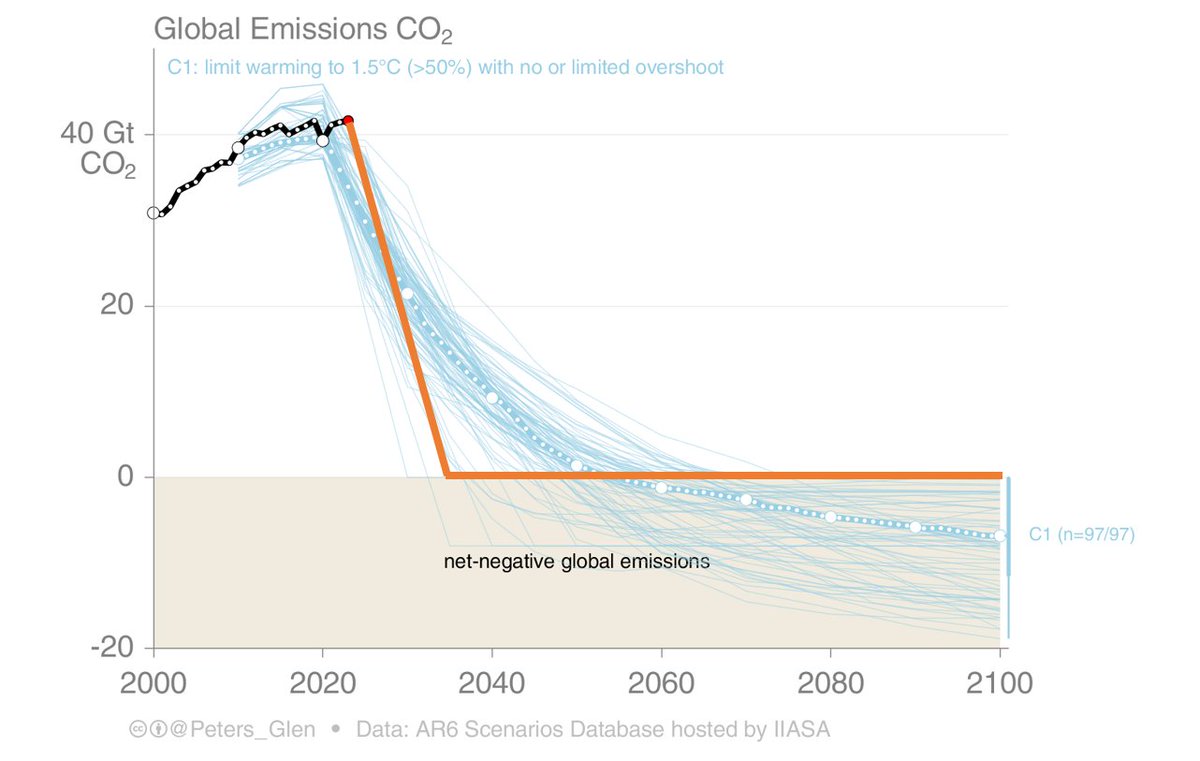
Kris Karnauskas
@oceansclimatecu
Climate scientist leading the Oceans and Climate Lab @CUBoulder. Prof @CUBoulderATOC & @CIRESnews. Editor @theAGU GRL and @PLOSClimate.
ID: 3084293260
http://www.colorado.edu/oclab 10-03-2015 15:49:45
2,2K Tweet
8,8K Followers
1,1K Following

#postdoc opening. Join us at the malaria research program University of Maryland School of Medicine to help with our new projects on #malaria epidemiology and #climate health. Contact me ASAP if interested. Please RT and share widely!


Excited to see my former student Ryan Harp speak on climate-informed West Nile virus forecasts at today's CU Climate & Health symposium at CU Anschutz Medical Campus!




Seeking a postdoc in the climate/health space. Collaborate with University of Maryland School of Medicine and CU Boulder 🦬 /CIRES. Funding up to 3 years.




Green Mtn from Bear Pk City of Boulder Cool overnight temps - low clouds hugged in by the Flatirons.






🚨 Mikell Warms led a PiO study on understanding Galápagos ocean currents & temp - a biodiversity hotspot. Recent high-res climate models improve our understanding of climate change impacts. Kris Karnauskas Earth Observatory SG NTU Singapore ATOC at CU-Boulder CIRES sciencedirect.com/science/articl…

Just published in AGU Advances, by a large group of AGU (American Geophysical Union) editors (led by Noah Diffenbaugh). Yes... sometimes we have to contact >20 potential reviewers. 🙃 We discuss other issues, and some optimism. agupubs.onlinelibrary.wiley.com/doi/full/10.10…



Today in Science Magazine - How might climate change harm human health? U.S. studies face funding challenges - with Dr. Jane W. Baldwin, me & others CIRES US CLIVAR science.org/content/articl…









